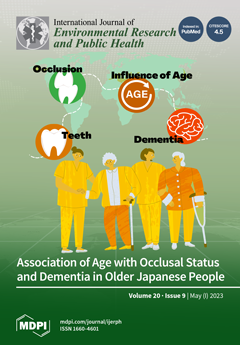The Georgia Community Engagement Alliance (CEAL) Against COVID-19 Disparities Project conducts community-engaged research and outreach to address misinformation and mistrust, to promote inclusion of diverse racial and ethnic populations in clinical trials and increase testing and vaccination uptake. Guided by its Community Coalition Board, The GEORGIA CEAL Survey was administered among Black and Latinx Georgia 18 years and older to learn about community knowledge, perceptions, understandings, and behaviors regarding COVID-19 testing and vaccines. Survey dissemination occurred using survey links generated through Qualtrics and disseminated among board members and other statewide networks. Characteristics of focus counties were (a) highest proportion of 18 years and older Black and Latinx residents; (b) lowest COVID-19 testing rates; and (c) highest SVI values. The final sample included 2082 surveyed respondents. The majority of participants were men (57.1%) and Latinx (62.8%). Approximately half of the sample was aged 18–30 (49.2%); the mean age of the sample was 33.2 years (SD = 9.0), ranging from 18 to 82 years of age. Trusted sources of COVID-19 information that significantly predicted the likelihood of vaccination included their doctor/health care provider (
p-value: 0.0054), a clinic (
p-value: 0.006), and university hospitals (
p-value: 0.0024). Latinx/non-Latinx, Blacks vs. Latinx, Whites were significantly less likely to get tested and/or vaccinated. Non-Latinx, Blacks had higher mean knowledge scores than Latinx, Whites (12.1 vs. 10.9,
p < 0.001) and Latinx, Blacks (12.1 vs. 9.6, respectively,
p < 0.001). The mean knowledge score was significantly lower in men compared to women (10.3 vs. 11.0,
p = 0.001), in those who had been previously tested for COVID-19 compared to those who had never been tested (10.5 vs. 11.5, respectively,
p = 0.005), and in those who did not receive any dose of vaccination compared to those who were fully vaccinated (10.0 vs. 11.0, respectively,
p < 0.001). These data provide a benchmark for future comparisons of the trajectory of public attitudes and practices related to the COVID-19 pandemic. They also point to the importance of tailoring communication strategies to specific cultural, racial, and ethnic groups to ensure that community-specific barriers to and determinants of health-seeking behaviors are appropriately addressed.
Full article





